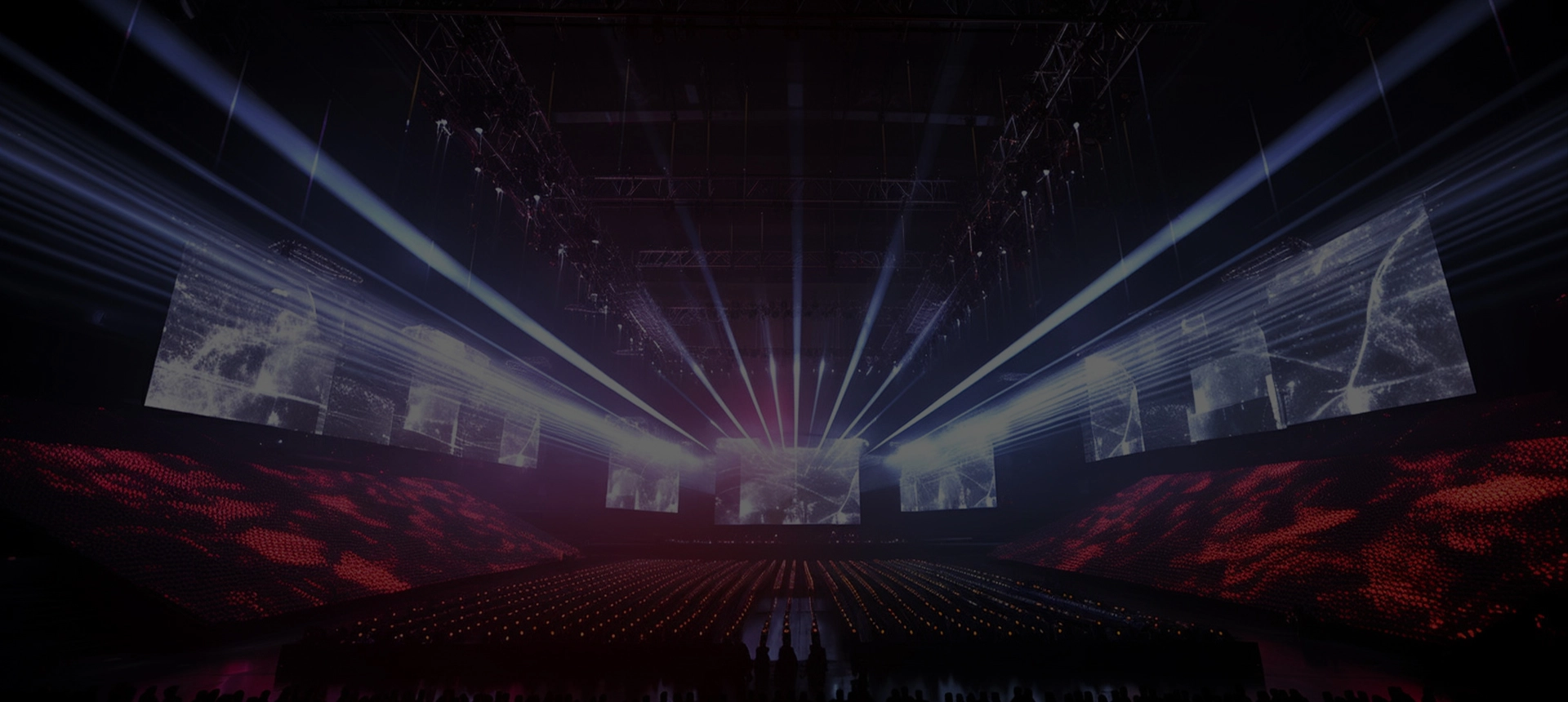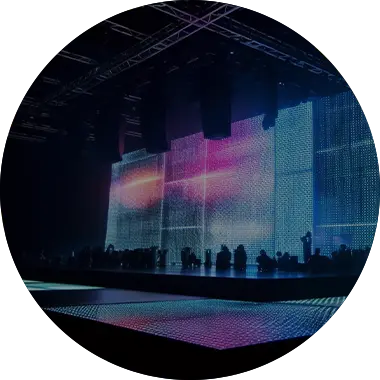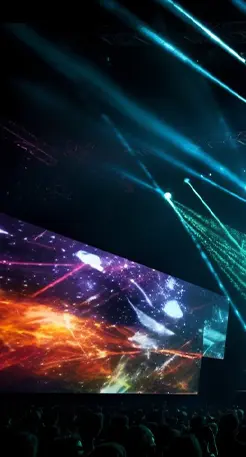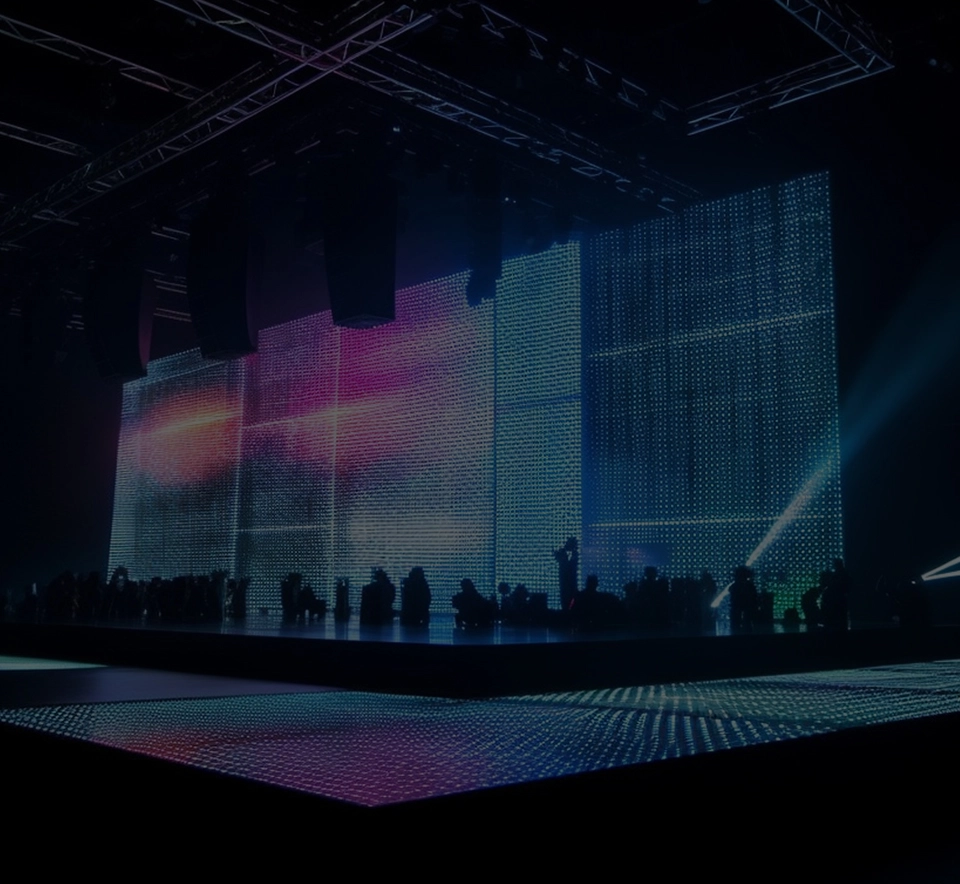The well-known manufacturer of LED video wall, LED display, LED screen, etc. is Seekstarled. Products are made under tight quality control and to our specifications. For you, we would like to design the optimal integration led display solution. In order to accomplish this, we consider your demands and work to identify the ideal solution for your application. This also implies that we provide LED screens in a wide range of sizes and configurations. No matter how big or small, no matter if it's at a school or a shopping mall, we never turn down a challenge! Seekstarled screens are built to do more than just get attention – they are built to last. Our offered LED products are highly praised for high functionality and reliability.







 Fundamentals of LCD and LED
Fundamentals of LCD and LED Liquid crystal display is referred to by the abbreviation LCD. Its key structural feature is the placement of the liquid crystal between two parallel glasses. Between the two parallel glasses are several thin, longitudinal and horizontal wires. By energizing or not, the control rod crystal molecules shift their trajectories and refract light to create a picture.
Light-emitting diode, or LED. Its working theory holds that in the PN junction of some semiconductor materials, when the minority carriers that are injected combine with the majority carriers, the excess energy is released as light, directly converting electrical energy into light energy. In contrast, in the PN junction with reverse voltage, the minority carriers are difficult to inject, so they do not emit light.
 Differences Between LCD and LED
Differences Between LCD and LED Brightness
LED displays are more advantageous in terms of brightness because the response rates of their individual elements are 1000 times faster than those of LCD displays. As a result, viewing the screen in bright light presents no issues at all. It is challenging to see the screen in strong light because LCD screens refract light, which makes their brightness softer and less irritating to the eyes.
Power consumption
The issue that everyone is most worried about is power consumption. LED and LCD power consumption ratios are roughly 1:10. The LCD switch causes the entire backlight layer to turn on or off; in contrast, LED can just light up a portion of the led display screen's pixels, making them superior for power conservation.
Viewing angle
LCD screen angles are quite constrained; if the angle of deviation is even slightly greater, the original color or even nothing is visible. There are many benefits of LED, including a viewing angle of 160 degrees.
Refresh Rate
LED uses the injection principle to transform light energy into electrical energy, resulting in a higher refresh rate and better performance during video processing.
Contrast ratio
In contrast, thanks to the characteristics of LED self-luminous, the contrast ratio is better than LCD, because the existence of the backlight layer LCD is difficult to show a pure black.
Appearance
LEDs, which are light-emitting diodes, allow for thinner and lighter displays than LCDs, which makes them more attractive.
Range of applications
Compared to LCD displays, LED displays are more often utilized. LED can be used both indoors and outdoors,however LCD is typically only used indoor. LED can play video signals from TV, video, VCD, DVD, and other sources as well as display a variety of characters, numbers, color graphics, and animation information.
Integrity
Due to the organizational design of the LED screen, there is no splicing gap in the center of the spliced screen, unlike the LCD screen. As a result, the integrity of the screen is outstanding, and the effect is enhanced when the screen is shown in full screen mode.



The full name of an LED is Light Emitting Diode. A LED display is a display screen made up of light-emitting diode-based dot matrix modules or pixels. It is an active light-emitting direct-view display with the benefits of consistent performance, long service life, and vibrant colors.
LED devices were mostly red and green bi-color indicators up until 1993. Blue LED has not yet been invented, and LED displays are not commonly employed due to the limits of physical equipment. Since 1993, when Shuji Nakamura created high-brightness blue LEDs, LED development has been progressing as planned.
In addition to offering a solution to the issue of white light illumination of LEDs, blue LED also stood for a historical first by fusing the RGB three fundamental colors, thereby ushering in the era of full color on LED displays.

Sincerely Cooperate and Treat with Sincerity. We look forward to offering you quality LED display.



